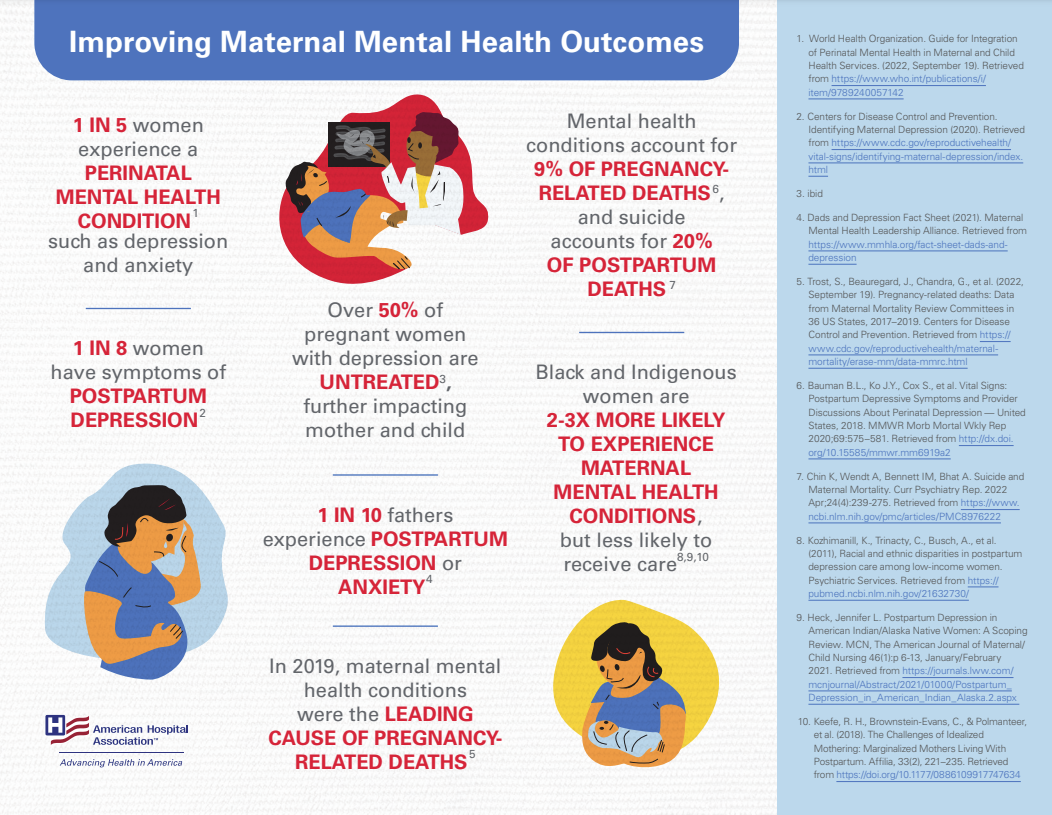Measuring Gender Euphoria: Impact On Transgender Mental Health Outcomes

Table of Contents
Defining and Understanding Gender Euphoria
Differentiating Gender Euphoria from Gender Dysphoria
It's essential to distinguish between gender euphoria and gender dysphoria. While gender dysphoria reflects distress and discomfort, gender euphoria represents a feeling of joy, contentment, and affirmation related to one's gender identity. It's not simply the absence of dysphoria; it's a distinct positive emotional experience.
- Definition of gender euphoria: Gender euphoria encompasses a wide range of positive emotions, including joy, relief, contentment, and a sense of belonging, all stemming from aligning with one's authentic gender identity.
- Examples of gender euphoria: This might manifest as the joy of wearing clothes that align with one's gender, feeling comfortable and confident in one's body, experiencing positive social interactions validated by one's gender presentation, or simply the relief of finally living authentically.
- Contrasting symptoms with gender dysphoria: While gender dysphoria involves feelings of anxiety, depression, and discomfort related to one's body and gender presentation, gender euphoria is characterized by feelings of happiness, self-acceptance, and relief. The two are not mutually exclusive; individuals can experience both simultaneously, with the balance shifting over time.
Challenges in Measuring Gender Euphoria
Subjectivity and Cultural Variations
Accurately measuring gender euphoria presents significant challenges due to its subjective nature and cultural variations. Quantifying emotional experiences is inherently complex, and the expression of gender euphoria can vary widely depending on individual experiences, cultural norms, and societal acceptance.
- Lack of standardized measurement tools: Currently, there's a lack of widely accepted and validated scales specifically designed to measure gender euphoria. Existing tools often focus on dysphoria or related constructs.
- Cultural influences on expression: Societal norms and expectations significantly impact how individuals express their gender identity and experience euphoria. In some cultures, open expressions of joy and affirmation related to gender might be more accepted than in others.
- Individual differences in experience: The experience of gender euphoria is highly personal and diverse. What brings one transgender individual joy might not resonate with another. This inherent variability makes the creation of a universally applicable measurement tool particularly difficult.
Existing Measurement Tools and Approaches
Existing Scales and Questionnaires
While no standardized measure specifically targets gender euphoria, some existing instruments touch upon related concepts like overall quality of life or aspects of gender affirmation. These tools often contain items that indirectly assess aspects of well-being and satisfaction with one's gender presentation.
- Examples of relevant scales (cite sources): The WHOQOL-BREF (World Health Organization Quality of Life-BREF) and the Gender Identity Dysphoria Scale (GID) can offer some insights, though they are not designed to directly measure euphoria. More research is needed to adapt or develop more suitable instruments. [Cite relevant academic articles here]
- Qualitative research methods: In-depth interviews and focus groups offer valuable insights into the lived experiences of transgender individuals and provide rich qualitative data on the nature and expression of gender euphoria. This approach helps to contextualize quantitative findings and capture the nuances of individual experiences.
- Limitations of current tools: Many existing scales focus heavily on dysphoria, neglecting the positive aspects of gender identity. This creates a skewed perspective and limits our understanding of the full spectrum of transgender experiences and their impact on mental wellbeing.
The Impact of Gender Euphoria on Transgender Mental Health Outcomes
Correlation with Improved Mental Well-being
Research strongly suggests a positive correlation between gender euphoria and improved transgender mental health. Experiencing gender euphoria is associated with a decrease in symptoms of anxiety, depression, and other mental health challenges.
- Improved self-esteem and body image: Feeling affirmed in one's gender identity significantly boosts self-esteem and body image, leading to greater self-acceptance and confidence.
- Reduced rates of self-harm and suicidal ideation: Gender euphoria serves as a protective factor, reducing the risk of self-harm and suicidal ideation, which are unfortunately prevalent among transgender individuals. Affirming care and experiences of gender euphoria are vital for reducing these risks.
- Stronger social support networks: Openly expressing one's gender identity and experiencing gender euphoria can foster stronger social connections and support networks, further enhancing mental wellbeing.
Future Directions in Research and Clinical Practice
Developing More Comprehensive Measurement Tools
Creating valid and reliable instruments specifically designed to assess gender euphoria is crucial for advancing our understanding of transgender mental health. This requires a multifaceted approach to research.
- Mixed-methods approaches: Combining quantitative methods (e.g., questionnaires) with qualitative methods (e.g., interviews) will provide a comprehensive understanding of gender euphoria's complexities.
- Longitudinal studies: Tracking changes in gender euphoria over time, particularly in relation to gender-affirming care, will shed light on the long-term impact of gender affirmation on mental health outcomes.
- Integrating gender euphoria measures into clinical practice: Incorporating measures of gender euphoria into clinical assessments will improve the evaluation of treatment effectiveness, and enable the provision of more personalized and affirming care.
Conclusion
Measuring gender euphoria is essential for improving transgender mental health care. While challenges exist in quantifying subjective experiences, ongoing research and the development of comprehensive measurement tools are critical. By better understanding and measuring gender euphoria, we can develop more effective interventions, provide more affirming care, and improve the overall well-being of transgender individuals. We urge researchers, clinicians, and policymakers to prioritize further research into measuring gender euphoria to enhance the lives of transgender individuals and promote their mental health. Learning more about gender euphoria and advocating for its inclusion in transgender care are crucial steps towards creating a more supportive and affirming environment for the transgender community.

Featured Posts
-
 Find Calvin Klein Euphoria At A Great Price Nordstrom Rack Sale
May 15, 2025
Find Calvin Klein Euphoria At A Great Price Nordstrom Rack Sale
May 15, 2025 -
 Onderzoek Naar Angstcultuur Bij De Npo Onder Leiding Van Leeflang
May 15, 2025
Onderzoek Naar Angstcultuur Bij De Npo Onder Leiding Van Leeflang
May 15, 2025 -
 Nordstrom Racks Calvin Klein Euphoria Perfume Sale Limited Time Offer
May 15, 2025
Nordstrom Racks Calvin Klein Euphoria Perfume Sale Limited Time Offer
May 15, 2025 -
 Actors And Writers Strike A Complete Shutdown Of Hollywood
May 15, 2025
Actors And Writers Strike A Complete Shutdown Of Hollywood
May 15, 2025 -
 Tuerk Devletlerinden Kktc Ye 12 Milyon Avro Uzman Goeruesleri Ve Detaylar
May 15, 2025
Tuerk Devletlerinden Kktc Ye 12 Milyon Avro Uzman Goeruesleri Ve Detaylar
May 15, 2025
Latest Posts
-
 Ai And Blockchain Converge Chainalysis Acquisition Of Alterya
May 15, 2025
Ai And Blockchain Converge Chainalysis Acquisition Of Alterya
May 15, 2025 -
 The Role Of Aircraft In Trumps Political Network
May 15, 2025
The Role Of Aircraft In Trumps Political Network
May 15, 2025 -
 The Hollywood Strike What It Means For The Film Industry And Its Workers
May 15, 2025
The Hollywood Strike What It Means For The Film Industry And Its Workers
May 15, 2025 -
 The Closure Of Anchor Brewing Company Reflecting On 127 Years Of Influence
May 15, 2025
The Closure Of Anchor Brewing Company Reflecting On 127 Years Of Influence
May 15, 2025 -
 Post Roe America How Otc Birth Control Changes The Game
May 15, 2025
Post Roe America How Otc Birth Control Changes The Game
May 15, 2025
